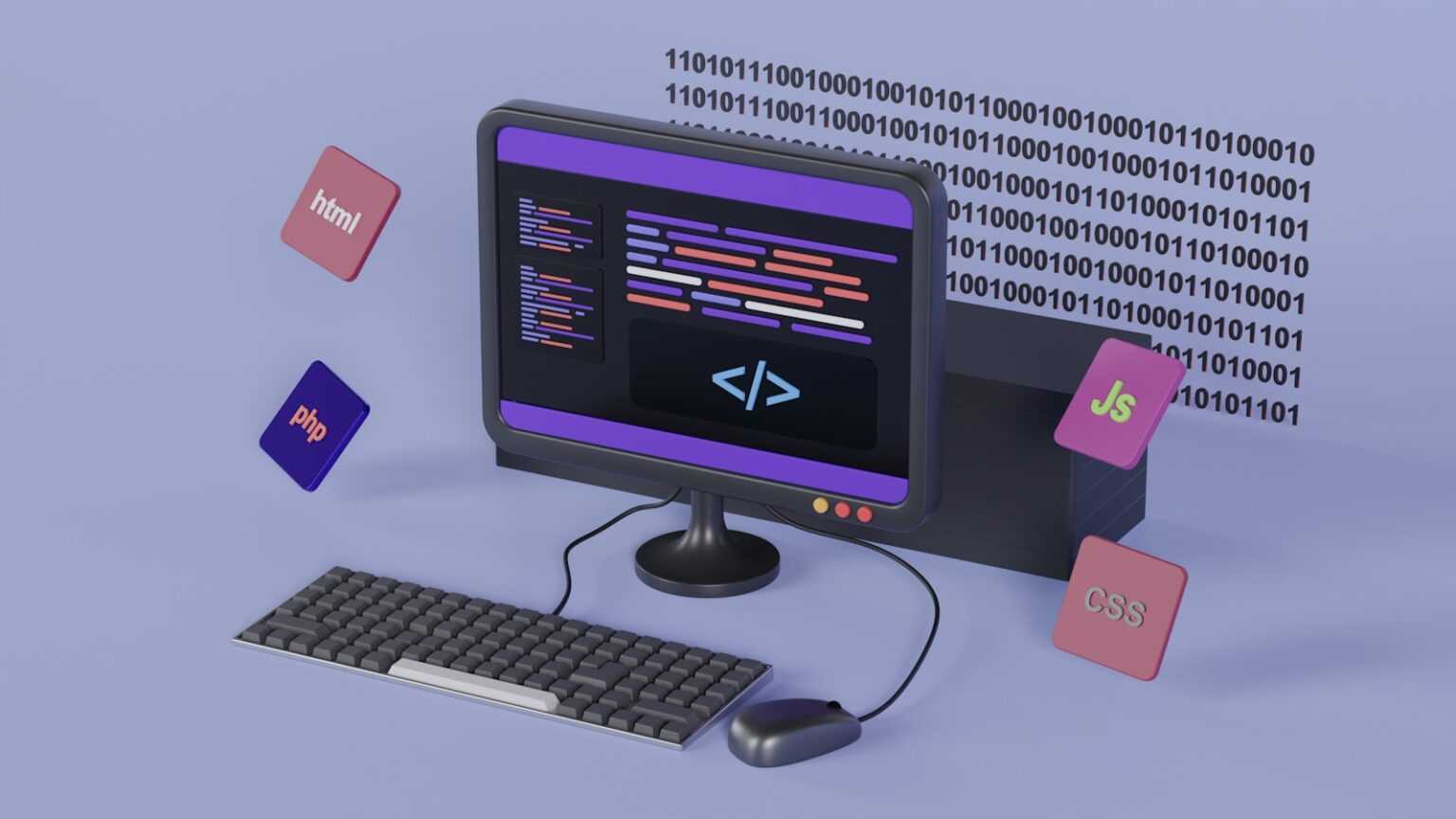Delegating intensive numerical tasks to remote cloud providers requires mechanisms that guarantee result integrity without re-executing the entire workload locally. Utilizing cryptographic proofs enables clients to confirm the accuracy of externally processed data efficiently, minimizing trust assumptions in service providers.
This approach constructs a framework where a concise certificate accompanies the response from a third-party executor, enabling rapid verification of the computational outcome’s correctness. Such protocols reduce overhead and empower users to rely on external resources without compromising security or consistency.
Implementing these proof systems involves encoding complex operations into verifiable formats, allowing scalable validation while preserving confidentiality and robustness against adversarial behavior. Experimentally exploring these methods reveals pathways to optimize performance trade-offs between proof generation time and verification speed in cloud-based infrastructures.
Verifiable Computing: Trustless Outsourced Calculations
Ensuring the integrity of externally delegated tasks requires mechanisms that provide transparent validation without reliance on the original processor. Protocols enabling proof-based confirmation allow a verifier to confirm the accuracy of performed operations with minimal computational effort, maintaining independence from the executing party. This paradigm eliminates the need for blind trust while preserving efficiency in complex data processing scenarios.
One prominent method involves generating cryptographic evidence alongside the task results, which can be rapidly checked to affirm correctness. Such evidence must be succinct and non-interactive to facilitate seamless verification across distributed systems, especially within decentralized networks where nodes operate under mutual distrust. The challenge lies in balancing proof generation complexity against verification speed.
Technical Approaches to Proof Generation
Interactive proof systems like Probabilistically Checkable Proofs (PCPs) and Zero-Knowledge Succinct Non-Interactive Arguments of Knowledge (zk-SNARKs) underpin many solutions for certifying outsourced computations. zk-SNARKs, for instance, offer compact proofs that guarantee output validity without revealing underlying data or requiring verifier recomputation of the entire process. Applications such as blockchain scalability improvements and privacy-preserving smart contracts rely heavily on these constructs.
An experimental setup might involve a computationally intensive matrix multiplication executed by an external service provider. The provider returns both the product and a corresponding proof generated through an arithmetic circuit model. Verification entails checking this proof against public parameters, confirming accurate execution without redoing the matrix operation locally–a significant efficiency gain demonstrated in multiple academic benchmarks.
The deployment of such mechanisms faces trade-offs: initial trusted setups may introduce vulnerabilities if compromised, while alternative universal setups increase system complexity. Moreover, optimizing circuits for practical algorithms remains an active research area; currently, performance varies greatly depending on problem domain and implementation specifics.
Emerging frameworks integrate these principles into modular toolkits facilitating experimentation with diverse algorithms and proof systems. Researchers can empirically assess overhead costs and security guarantees by iterating over parameter choices and circuit designs. These hands-on explorations encourage deeper understanding of how cryptographic assurances translate into real-world reliability when offloading computation.
Designing verifiable proof systems
Accurate verification of delegated tasks requires constructing proof frameworks that guarantee result integrity without re-executing the entire process locally. Such systems must efficiently produce concise evidence confirming the authenticity and correctness of computations performed remotely, often within cloud environments. The design challenge focuses on minimizing overhead in both proof generation and validation while preserving cryptographic soundness to prevent fraudulent attestations.
Effective architectures leverage zero-knowledge or interactive proofs where the prover demonstrates compliance with a computational statement, and the verifier checks validity using succinct data. Implementations frequently employ polynomial commitments, homomorphic encryption, or succinct non-interactive arguments to achieve scalable confirmation. For instance, zk-SNARKs enable sublinear verification time relative to computation size, markedly enhancing throughput in decentralized protocols.
Core components and methodologies
The building blocks include arithmetic circuit representations translating arbitrary algorithms into algebraic constraints amenable to formal reasoning. This transformation enables encoding logical flow as satisfiability problems solvable within finite fields. Key steps involve:
- Decomposition of functions into gate-level operations suitable for constraint satisfaction.
- Application of cryptographic primitives ensuring binding and hiding properties.
- Optimization of prover complexity through parallelization or preprocessing techniques.
Case studies such as STARK-based constructions demonstrate how transparency–omitting trusted setups–further enhances trust assumptions by relying solely on publicly verifiable randomness.
A crucial factor is balancing proof size against verification speed; smaller proofs reduce transmission costs in bandwidth-constrained settings like edge-cloud hybrids, whereas faster verifiers promote real-time responsiveness in decentralized applications. Emerging protocols integrate recursive composition allowing nested proofs to compress multi-step processes into single attestations without sacrificing integrity guarantees.
Experimental frameworks validate these concepts by deploying prototype implementations across heterogeneous cloud infrastructures, measuring latency impacts from network variability and server load fluctuations. Detailed logs reveal bottlenecks primarily in cryptographic hashing and polynomial commitment phases, guiding iterative refinements. Comparative analysis between Groth16 and PLONK protocols highlights trade-offs between universal setup requirements versus adaptive flexibility for dynamic workloads.
Future explorations target automating circuit synthesis from high-level codebases to democratize adoption beyond specialized cryptographers. Integrating machine learning models promises heuristics for optimal circuit partitioning and parameter tuning aligned with resource constraints. Encouraging hands-on experimentation with open-source libraries fosters incremental mastery over these complex but transformative technologies driving decentralized validation paradigms forward.
Implementing zero-knowledge proofs
To ensure the correctness of complex operations performed on remote resources like a cloud, integrating zero-knowledge proofs is essential. These cryptographic protocols enable one party to demonstrate the validity of a computational result without revealing the underlying data or requiring full recomputation by the verifier. By producing a succinct proof, they allow verification with minimal overhead, reducing trust dependencies on external service providers handling sensitive processes.
When delegating intensive tasks to third-party infrastructure, zero-knowledge systems provide mathematical guarantees that results arise from legitimate execution rather than manipulation or errors. This approach enhances transparency and integrity in scenarios where clients cannot afford to replicate entire workloads locally but require assurance about output fidelity. Current implementations leverage advanced polynomial commitments and interactive proof systems to optimize performance while maintaining rigorous security properties.
Technical foundations and practical approaches
The construction of these protocols often involves encoding computations into arithmetic circuits or Rank-1 Constraint Systems (R1CS), facilitating efficient proof generation and validation. For example, zk-SNARKs compress large problem statements into compact representations verifiable within milliseconds on consumer-grade hardware. Experimental deployments in distributed environments confirm that such techniques scale effectively across diverse applications, including privacy-preserving identity verification and secure multiparty agreements.
Researchers have demonstrated that combining zero-knowledge proofs with cloud-based data processing frameworks enables seamless auditability without sacrificing user confidentiality. Implementations like zk-STARKs remove reliance on trusted setup phases by utilizing transparent randomness sources, enhancing trustworthiness for public blockchains and decentralized computation platforms. Future investigations aim to balance trade-offs between prover speed, proof size, and verifier workload through modular design methodologies adaptable to evolving computational paradigms.
Optimizing Cloud Computation Verification
To ensure the integrity of delegated computational tasks performed on remote servers, implementing succinct proof systems that minimize verification overhead is paramount. Techniques such as zk-SNARKs (Zero-Knowledge Succinct Non-Interactive Arguments of Knowledge) enable verifiers to confirm the accuracy of extensive data operations with proofs only a few hundred bytes long, drastically reducing bandwidth and computational costs.
Adopting interactive proof protocols like the PCP (Probabilistically Checkable Proofs) framework allows for random spot-checking of results, balancing between prover effort and verifier workload. This probabilistic approach reduces the need for exhaustive recomputation while maintaining high confidence in output correctness.
Efficient Proof Generation and Verification Strategies
Proof generation often constitutes a bottleneck when delegating complex algorithms to external servers. Recent advancements in recursive composition of proofs can optimize this step by aggregating multiple sub-computations into a single compact proof, enhancing scalability. For example, StarkWare’s STARK protocol leverages transparency and post-quantum security while enabling practical batch verifications.
The use of hardware acceleration through GPUs or FPGAs on server-side platforms has demonstrated measurable improvements in generating cryptographic proofs faster without compromising security guarantees. Experimental setups show that combining parallel processing with tailored arithmetic circuits reduces latency significantly during large matrix multiplications or polynomial commitments.
- Case Study: A blockchain oracle service implemented recursive SNARKs to validate off-chain price feeds efficiently, achieving over 80% reduction in gas fees compared to traditional methods.
- Example: Cloud providers integrating homomorphic encryption frameworks verify encrypted machine learning inference results without decryption, preserving privacy alongside correctness assurance.
Combining layered verification models–where initial lightweight checks filter out obvious errors before deeper cryptographic validations–further optimizes resource allocation. This stratification encourages early detection of discrepancies without incurring full proof reconstruction costs for every query.
A promising direction lies in hybrid architectures combining cloud infrastructure with on-premises trusted execution environments (TEEs). TEEs provide hardware-level attestation enabling secure computation with verifiable logs, allowing clients to trust results even if portions of the network are compromised. Experimental deployments demonstrate that mixing cryptographic proof systems with TEE attestations strikes an effective balance between performance and trust assumptions.
The continuous refinement of verification protocols aligned with emerging quantum-resistant primitives prepares distributed systems for future adversarial models. Research efforts focusing on modular proof constructions encourage adaptability, letting developers tailor solutions based on application-specific performance-security trade-offs. Encouraging hands-on experimentation by replicating these frameworks using open-source libraries can deepen understanding and inspire innovations tailored to particular scientific or industrial workflows.
Integrating Blockchain for Auditability
Implementing blockchain technology enhances transparency by providing immutable records that verify the integrity of computational tasks performed externally. When delegating complex processes to remote servers, such as cloud platforms, embedding cryptographic proofs within a distributed ledger enables independent validation of result accuracy without revealing sensitive data. This method guarantees correctness through consensus mechanisms that confirm the legitimacy of each transaction representing a specific computational output.
Proof systems like zk-SNARKs and interactive proof protocols can be combined with blockchain frameworks to ensure reliable verification of delegated numerical operations. Instead of blindly trusting external providers, these constructions allow users to audit every step leading to a final outcome. For instance, scientific simulations or financial risk assessments processed on third-party infrastructure become auditable artifacts on-chain, enabling continual scrutiny over time by multiple participants.
Technical Approaches and Experimental Insights
Exploring practical implementations reveals distinct strategies for embedding verifiable evidence alongside transactional metadata. One approach involves creating succinct certificates that accompany results produced offsite–such as matrix multiplications or machine learning inference–then anchoring these certificates in blockchain blocks for permanent recording. Research experiments demonstrate that this reduces overhead while maintaining strong assurances about output fidelity.
Another experimental pathway investigates layering consensus-driven checkpoints atop cloud-based workflows to detect discrepancies early in distributed computations. By partitioning intensive workloads and hashing intermediate states into blockchain entries, inconsistencies surface rapidly, allowing auditors or automated agents to initiate corrective actions. This procedural design mimics checkpointing techniques in classical computing but leverages decentralized trust structures rather than centralized control points.
Detailed case studies include supply chain analytics where cryptographically secured proofs embedded into ledgers validate processing stages handled by external services. Here, integration of zero-knowledge constructs ensures sensitive commercial details remain confidential while confirming each transformation obeys predefined rulesets. These examples underscore how combining blockchain with rigorous proof generation elevates confidence levels beyond traditional audit logs, fostering a reproducible and tamper-resistant record of outsourced task completion.
Mitigating Adversarial Computation Risks
Ensuring the correctness of remotely processed tasks requires integrating cryptographic proofs that validate results without re-executing them. Techniques such as succinct non-interactive arguments of knowledge (SNARKs) and scalable transparent arguments allow clients to confirm outputs with minimal overhead, maintaining integrity even when leveraging third-party cloud infrastructures. This approach eliminates reliance on trusted intermediaries by embedding verifiable attestations directly into the computation pipeline.
Recent experimental implementations demonstrate how these proofs can be generated efficiently alongside complex algorithms, enabling practical deployment in distributed networks and cloud platforms. For instance, zero-knowledge proof systems applied to large-scale matrix multiplications provide a replicable method to verify outcomes while preserving data confidentiality. Such advancements open avenues for secure delegation of resource-intensive processing without sacrificing transparency or introducing trust assumptions.
Technical Implications and Future Directions
- Proof compression: Refining proof sizes and verification times remains pivotal for widespread adoption, especially in latency-sensitive environments.
- Adaptive verification frameworks: Designing protocols that dynamically adjust verification rigor based on computational complexity can optimize resource allocation between client and server.
- Hybrid architectures: Combining on-chain attestation with off-chain execution harnesses blockchain immutability for auditability while exploiting cloud scalability.
- Error localization mechanisms: Developing tools that pinpoint discrepancies within outsourced workflows accelerates debugging and enhances system resilience against adversarial attempts.
The interplay between cryptographic validation and decentralized consensus mechanisms fosters an ecosystem where delegating intensive workloads becomes both secure and efficient. Continual refinement of interactive proof systems alongside real-world benchmarks will facilitate seamless integration into enterprise-grade applications, such as confidential financial modeling or privacy-preserving machine learning.
Pursuing experimental protocols that simulate adversarial scenarios can uncover subtle vulnerabilities before deployment, nurturing a culture of rigorous evaluation akin to laboratory research. Encouraging practitioners to replicate these methodologies promotes collective understanding of trust minimization strategies and advances the frontier toward fully autonomous verification in cloud-enabled environments.








